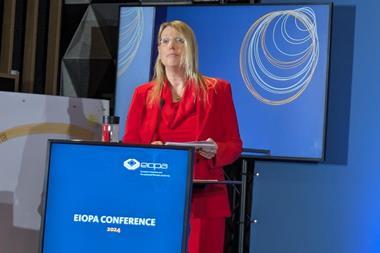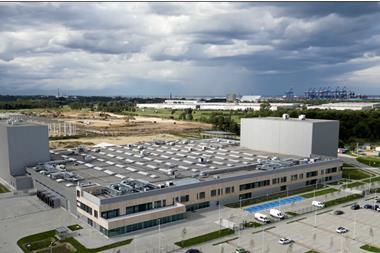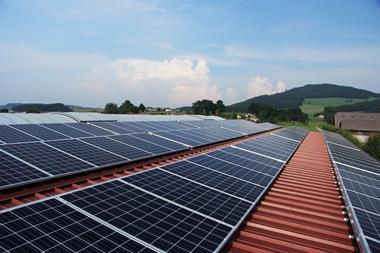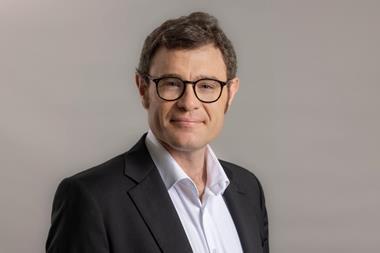The European Commission is considering whether to reduce capital charges for blended finance products to make it cheaper for investors to allocate money to emerging and developing markets.
European Union advisors have warned regulators that the current treatment of key sustainability-related investment vehicles is prohibitive for asset managers and owners in Europe.
The observations were made as part of a series of recommendations to the European Commission from its High Level Expert Group (HLEG) on Scaling up Sustainable Finance in Low- and Middle-Income Countries (LMICs).
Mirroring the work done in 2019 by the High Level Expert Group on Sustainable Finance, which laid the ground for the EU’s subsequent sustainable finance agenda, the latest HLEG’s recommendations are expected to be picked up by regulators over coming years.
Members of the group include representatives from Nordea, AP2, Allianz and Amundi.
“Currently only a very marginal portion of EU insurance companies and pension funds’ assets are invested in LMICs, approximately 2%, most of which (around 85%) is concentrated in upper-middle income countries in Latin America and Caribbean,” said the group, adding that little capital was flowing into lower-income countries such as those in Sub-Saharan Africa.
Institutional investors in the space prefer fixed income products and indirect funds that offer scale, liquidity, diversification, and cost savings for research and due diligence, the report noted.
As a result, development finance institutions and multilateral development banks have started launching what the group described as “innovative financial structures through de-risked public-private funds”.
These structures, often referred to as blended finance vehicles, use concessionary finance to leverage private capital in areas where investors may ordinarily find it difficult to justify investing. Development banks do this by agreeing to absorb the first losses, for example, or offering guarantees.
But, despite these de-risking characteristics, the complex structure of blended finance vehicles has led to Europe’s national supervisors classifying them as ‘non-STS22’ or structured products.
Structured products are associated with higher risks, partly because of their highly-engineered and sometimes opaque formats. As a result, investors – especially those regulated as insurers in Europe – must pay higher capital charges to invest in them.
“This greatly diminishes the funds’ attractiveness and undermines the intended objectives they are meant to achieve,” said the HLEG.
“To illustrate, for an insurance company investing in the senior tranche (BBB-rated) of such de-risked fund can counterintuitively be twice as costly in terms of capital charges than investing directly in a LMIC regular equity fund, despite the higher inherent risk of equity.”
The group told the European Commission that it should encourage the use of blended finance products aimed at supporting sustainability objectives or the climate transition in LMICs by treating them “appropriately in the EU financial legislation through a dedicated EU legal framework”.
“Such framework should also ensure that EU prudential treatments accurately reflect the associated risks, taking into account the de-risking mechanism of the structure and the quality of the underlying assets.”
The report also made recommendations on how the European Commission could stimulate green bond issuance in developing and emerging economies, and urged it to tell development banks “to adjust their mandate, business models and incentive structures to enhance at scale private sector mobilisation for SDGs”.
Read the digital edition of IPE’s latest magazine























No comments yet